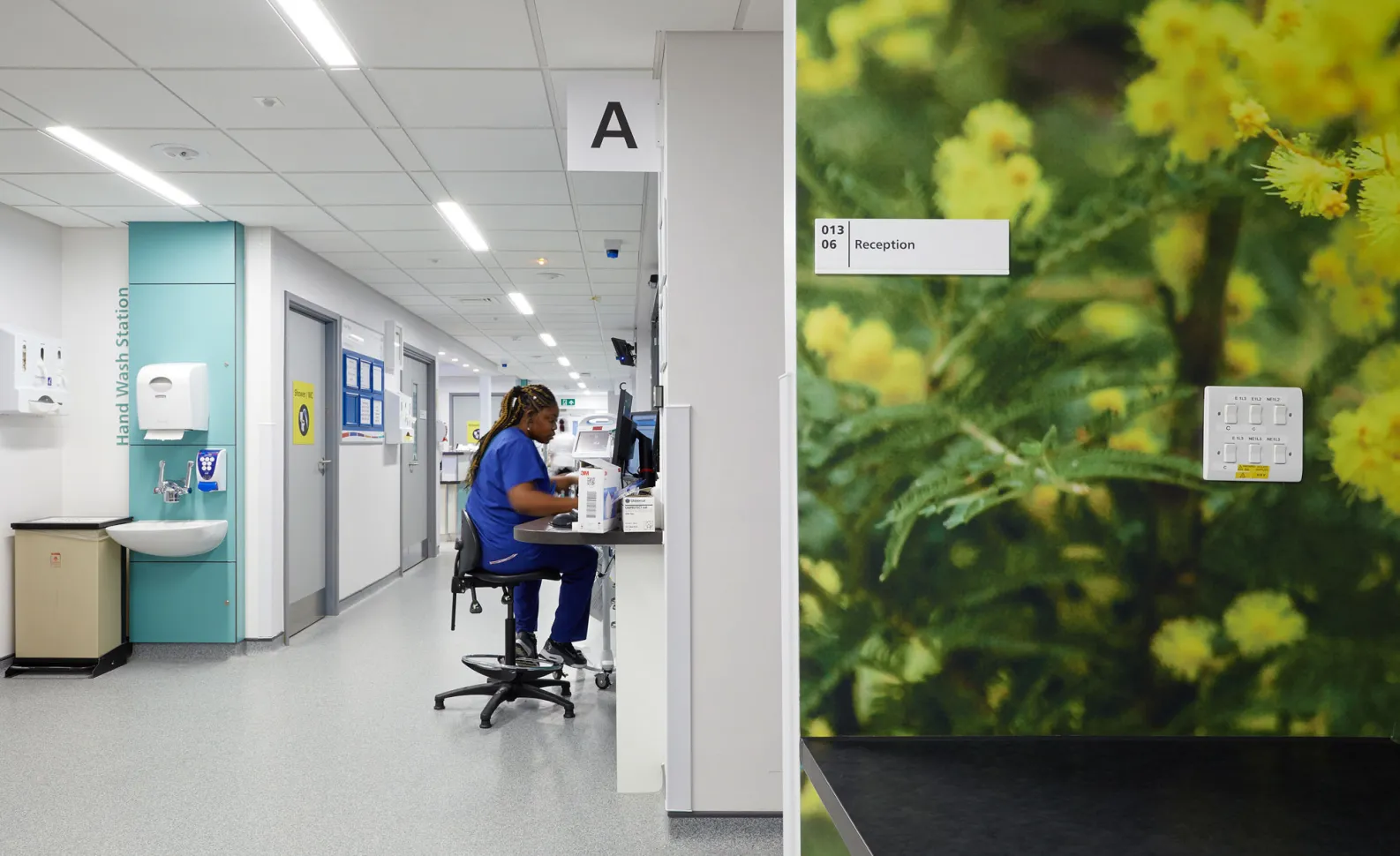Insight
Is building ventilation change in the air following the pandemic?
20 Oct 2021
As we face returning to a fully occupied workplace for the first time in more than a year, Mechanical Engineer Simon Atkin discusses how the lessons learned from the coronavirus could change how we approach the design of ventilation systems to tackle airborne infection control.
Current guidance on the design, installation and operation of ventilation systems generally relates to the thermal comfort of building occupants. The way in which we handle air circulation within our buildings has become a key point of discussion in relation to infection control as a consequence of the COVID-19 pandemic.
Building Services Engineers have had to pay close attention to changing scientific advice throughout the pandemic to ensure that clients can be appropriately advised on the operation of their systems in line with the most up to date recommendations and guidance.
This has been particularly true in the case of ventilation systems, as evidence and general recognition of the airborne transmission route of COVID-19 has emerged. It has also become widely recognised that the relative contribution that this form of transmission has towards infection rates varies considerably, for instance being dominant in poorly ventilated spaces while being practically eliminated in buildings such as hospitals where ventilation rates are high.
With high performance ventilation systems already being commonplace within the healthcare sector, it is other sectors that will be the focus of ventilation guidance reform as building owners and occupiers become more focussed on how we prevent the spread of disease.
We are already seeing changes in the way buildings are occupied, as many organisations adopt more flexible working arrangements with staff splitting their time between remote and office-based working. It also remains to be seen whether some degree of social distancing, such as the one metre plus rule, is adopted as general good practice, which would result in a reduction in the occupancy densities typically found in many commercial spaces.
The most effective ventilation strategy for minimising the risk of infection has been to ensure that aerosolised virus is diluted and removed from the space as rapidly as possible. The key factors in achieving this have formed a significant element of the guidance published for the operation of ventilation systems during the pandemic.
This includes avoiding the recirculation of air within the building, effective delivery of air into spaces to ensure removal of contaminants and ensuring that ongoing servicing and maintenance are undertaken appropriately so that the system continues to operate in an effective and efficient manner.
These key factors need to be taken into consideration whether we are determining the ventilation requirements for new buildings or the options available to retrofit older buildings in order to address the risks associated with the spread of respiratory infection and improve the role of ventilation in bacterial control within our buildings. Improved monitoring and oversight of maintenance activities needs to be provided – possibly via legislation and certification – to ensure that building owners and occupiers are taking their duty to protect the health and wellbeing of building users seriously.
There are inevitable cost implications associated with applying higher ventilation standards within buildings in terms of both capital expenditure and ongoing operating costs. There will also be potential compromise on other sustainability credentials, both of which may make clients think twice about how far they are willing to go. But it is clear that a proactive approach is required to minimise the impact of any future epidemic or pandemic outbreak. There are also additional benefits in reducing the spread of other respiratory infections like seasonal colds and flu within the workplace.
In many ways, comparison may be drawn with outbreaks of waterborne illnesses such as typhoid and cholera in 19th century Britain, which led to the government of the day encouraging cities to organise clean water supplies and centralised sewer systems. We can hope that part of the COVID-19 pandemic’s legacy will be a fundamental revision of the building ventilation regulations to prioritise a healthy and pathogen-free indoor environment. And we can hope to see a shifting the focus away from comfort and towards the health of building occupants, with a similar emphasis on controlling pathogens as is found in current regulations that apply to areas such as food safety, sanitation and drinking water.
Healthcare
We have worked with more than 50 NHS trusts, charities and private organisations providing healthcare services on the full range of projects.
